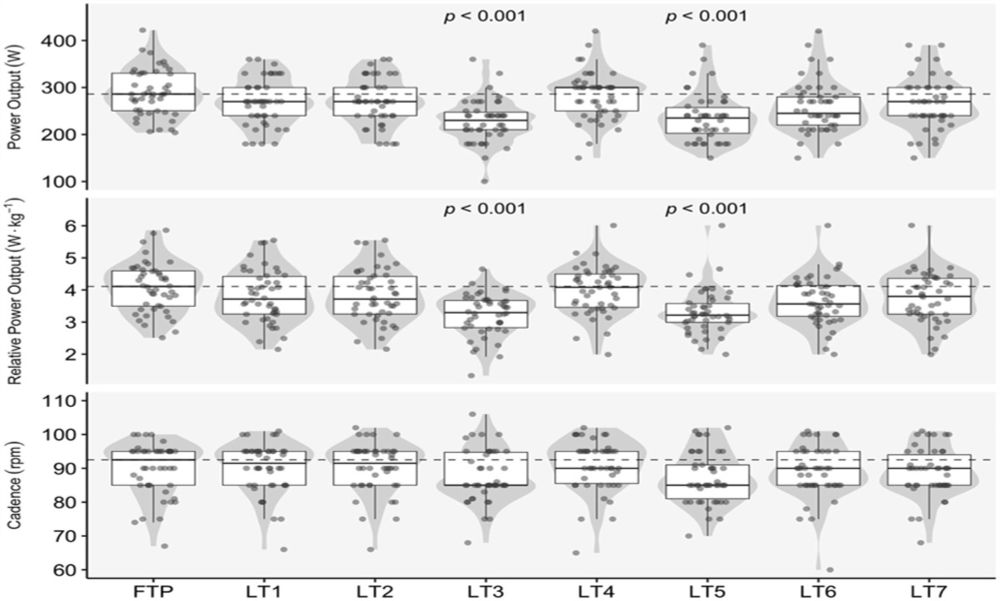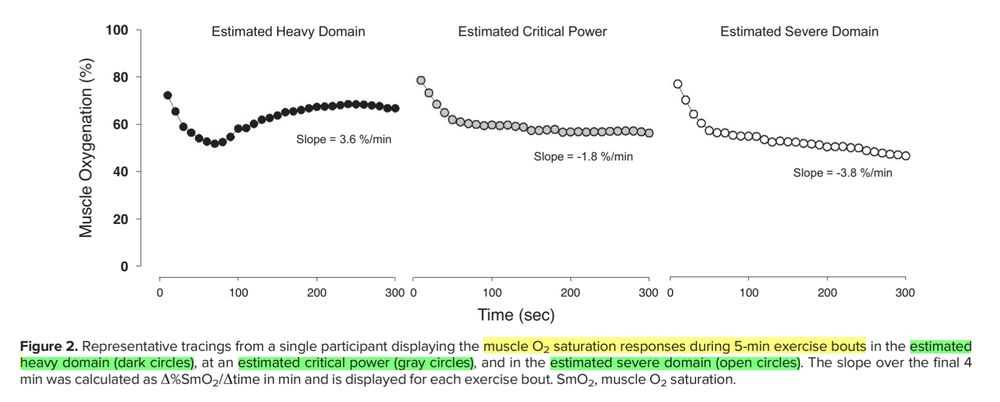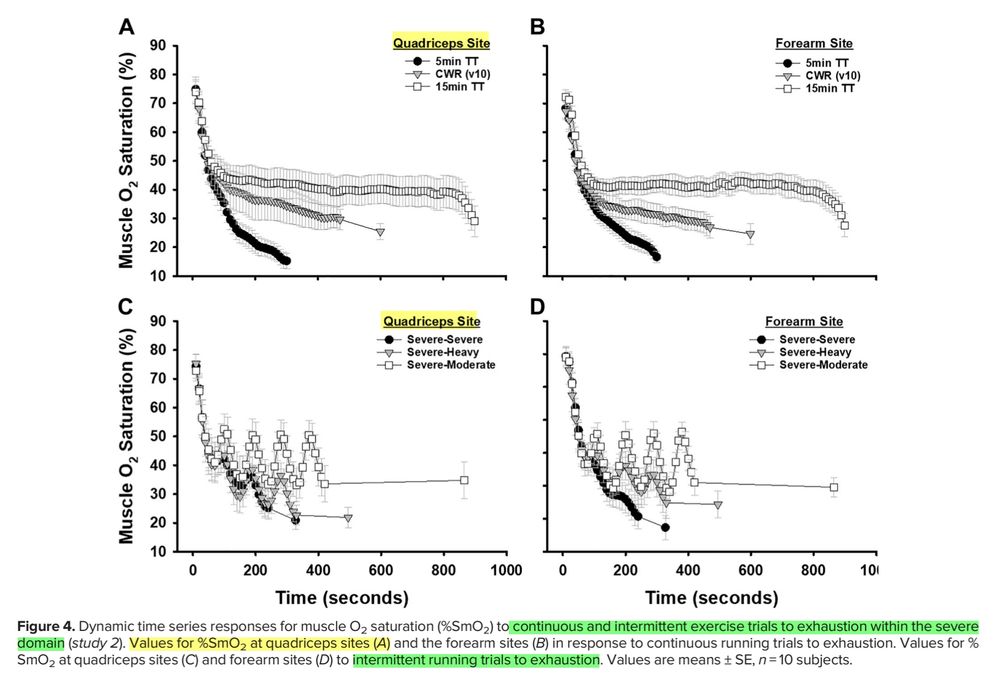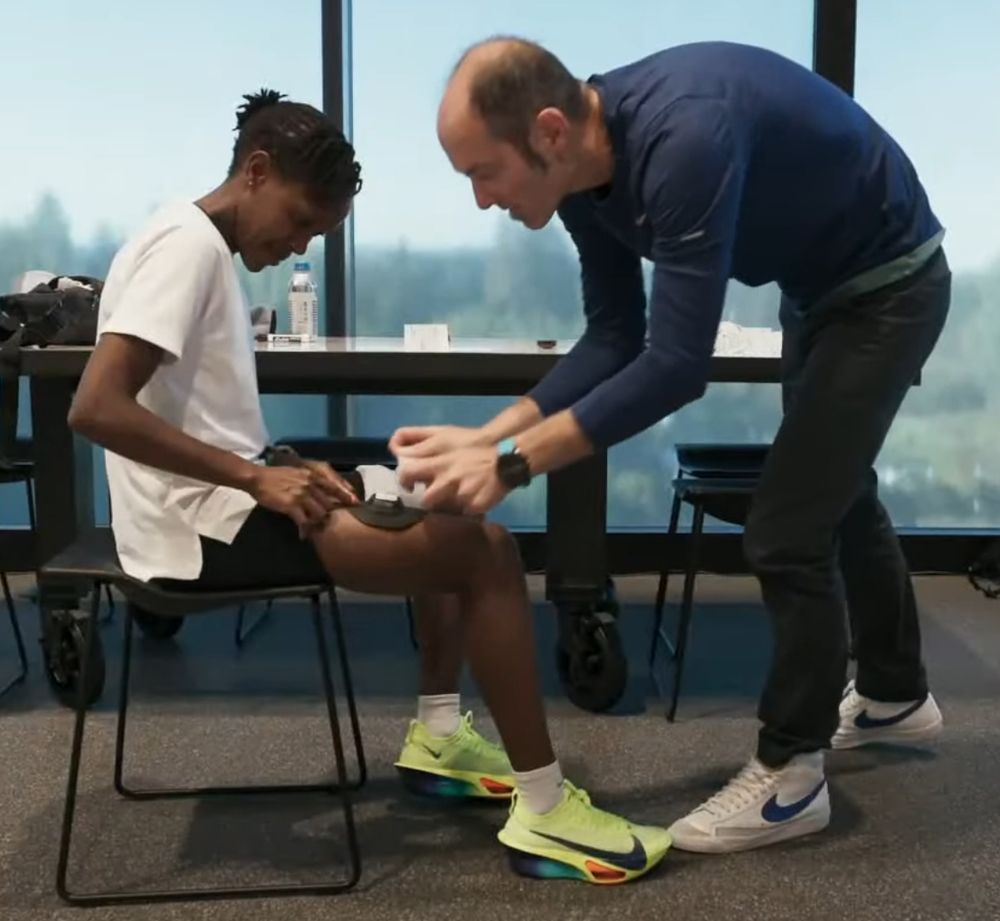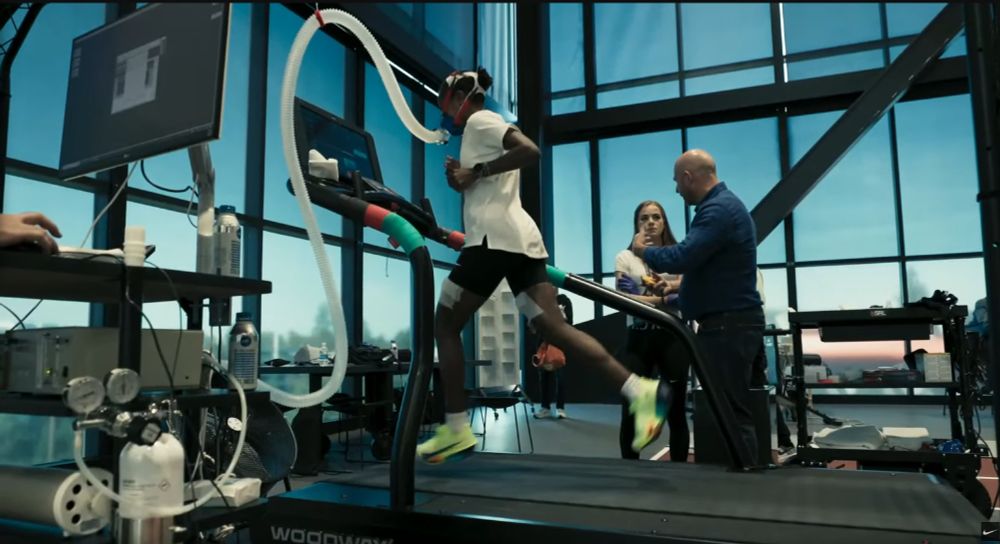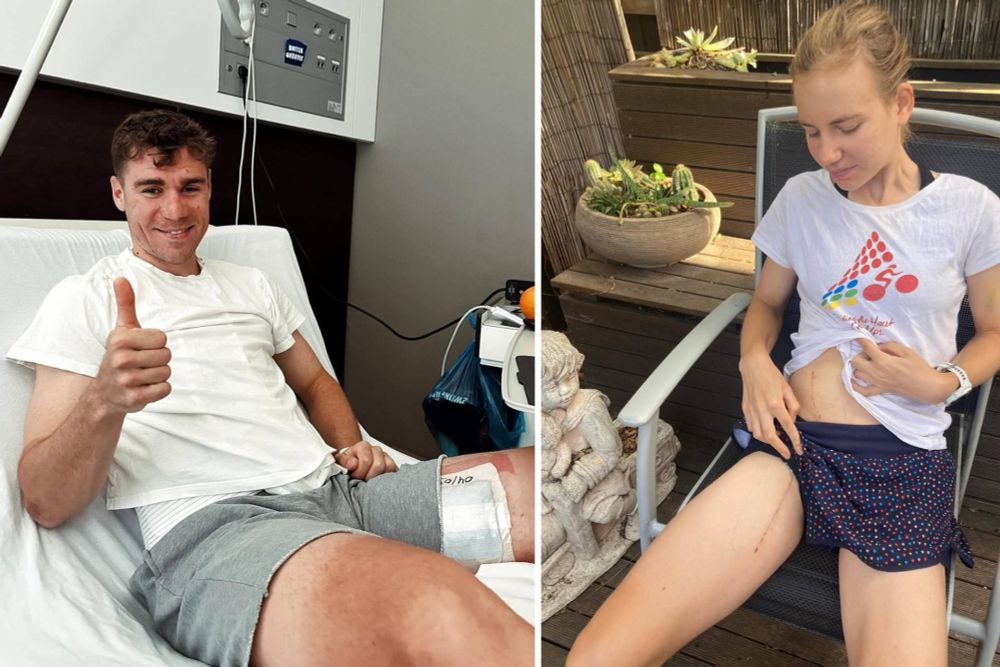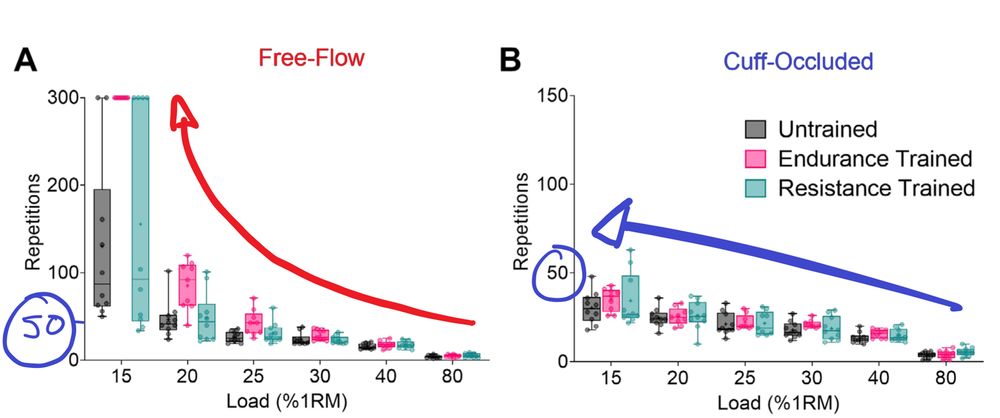Jem Arnold
@jemarnold.bsky.social
580 followers
350 following
300 posts
PhD candidate & physiotherapist | 🩸Iliac artery endofibrosis / FLIA | Endurance testing & NIRS.
Treat declarative statements as questions?
Posts
Media
Videos
Starter Packs
Pinned
Jem Arnold
@jemarnold.bsky.social
· Nov 14

Conservative Management and Postoperative Return to Sport in Endurance Athletes with Flow Limitations in the Iliac Arteries: A Scoping Review - Sports Medicine
Background Flow limitations in the iliac arteries (FLIA) is a sport-related vascular condition increasingly recognised as an occupational risk for professional cyclists and other endurance athletes. S...
link.springer.com
Jem Arnold
@jemarnold.bsky.social
· Sep 5
Jem Arnold
@jemarnold.bsky.social
· Aug 19
Reposted by Jem Arnold
Reposted by Jem Arnold
Jem Arnold
@jemarnold.bsky.social
· Jun 20
Jem Arnold
@jemarnold.bsky.social
· Jun 20
Jem Arnold
@jemarnold.bsky.social
· Nov 14

Conservative Management and Postoperative Return to Sport in Endurance Athletes with Flow Limitations in the Iliac Arteries: A Scoping Review - Sports Medicine
Background Flow limitations in the iliac arteries (FLIA) is a sport-related vascular condition increasingly recognised as an occupational risk for professional cyclists and other endurance athletes. S...
link.springer.com
Jem Arnold
@jemarnold.bsky.social
· Jun 20
Reposted by Jem Arnold
Reposted by Jem Arnold
Jem Arnold
@jemarnold.bsky.social
· Jun 7
Jem Arnold
@jemarnold.bsky.social
· Jun 7


